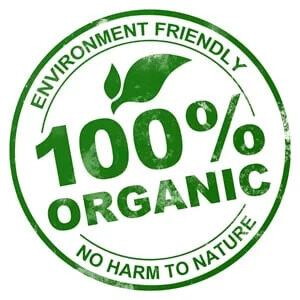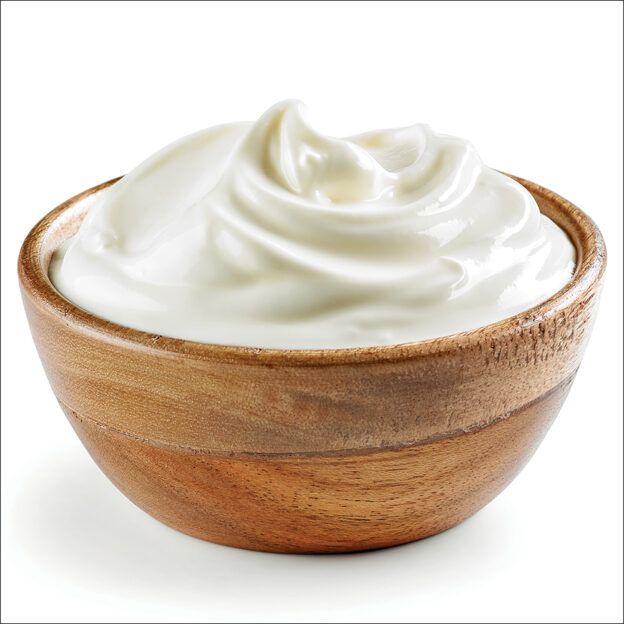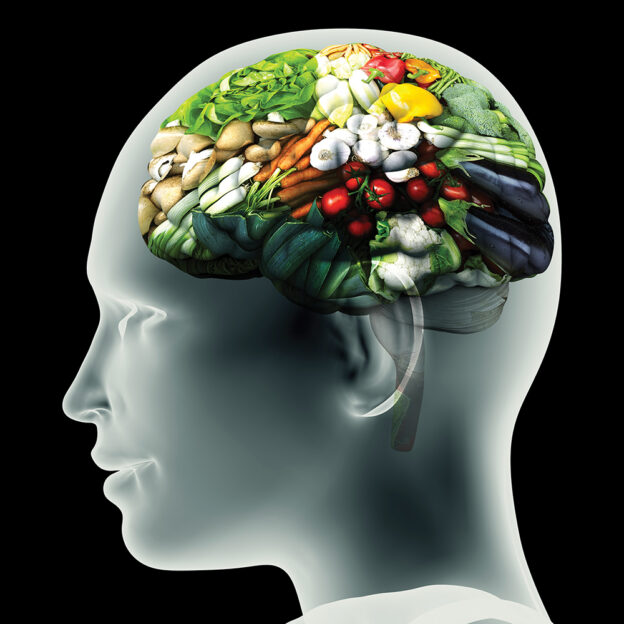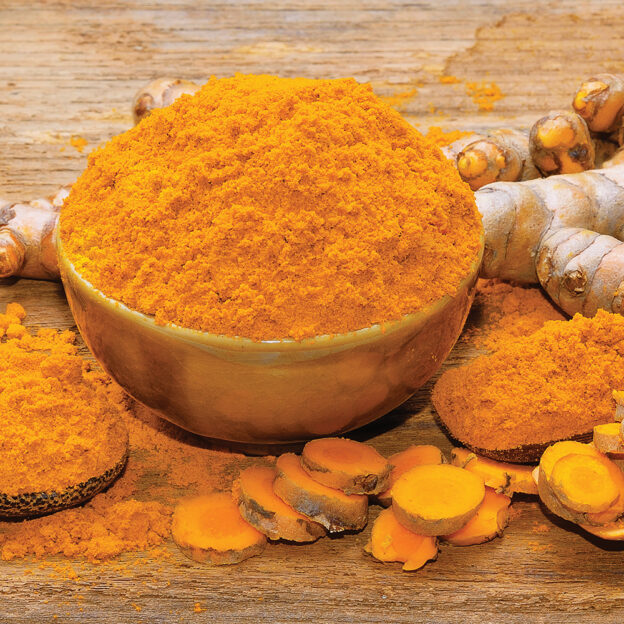Food choices that will add more “green” to your menu from Union of Concerned Scientists:

• Buy local. Locally grown produce, meats, eggs, and dairy products don’t have to travel far to reach your supermarket or farmer’s market, resulting in less fuel used for transport and less pollution generated in the process. Local food also tends to come from smaller farms that follow sustainable (or organic) practices.
• Go organic. Look for the U.S. Department of Agriculture organic seal when you’re grocery shopping. Organic foods are produced without the use of synthetic pesticides (including herbicides), growth hormones, or antibiotics.
• Choose the right fish. Aquatic ecosystems and fish populations are harmed by overfishing, bycatch (the term used for organisms accidentally caught and killed in fishing gear), and concentrated wastes from some fish farms. Farm-raised Atlantic salmon and imported shrimp are especially harmful. The Monterey Bay Aquarium provides a printable, pocket-sized list of environmentally friendly fish choices on its website (see below).
• Serve less meat. In terms of pollution and land use, beef, pork, and poultry production causes more environmental damage than other types of agriculture, so it’s best to reduce the amount of meat you purchase and serve. Offer a choice of filling side dishes to reduce the amount of meat you need to buy. When you do buy meat, eggs, and dairy products, it’s best to buy directly from local farmers or look for products labeled pasture-raised, organically grown, or raised without antibiotics.
For more information:
Local Harvest—Why Buy Local?
U.S. Department of Agriculture—The National Organic Program
Monterey Bay Aquarium—Seafood Watch
Eat Well Guide
Union of Concerned Scientists
This health note is from Vol. 14, No. 6, in digital format.





